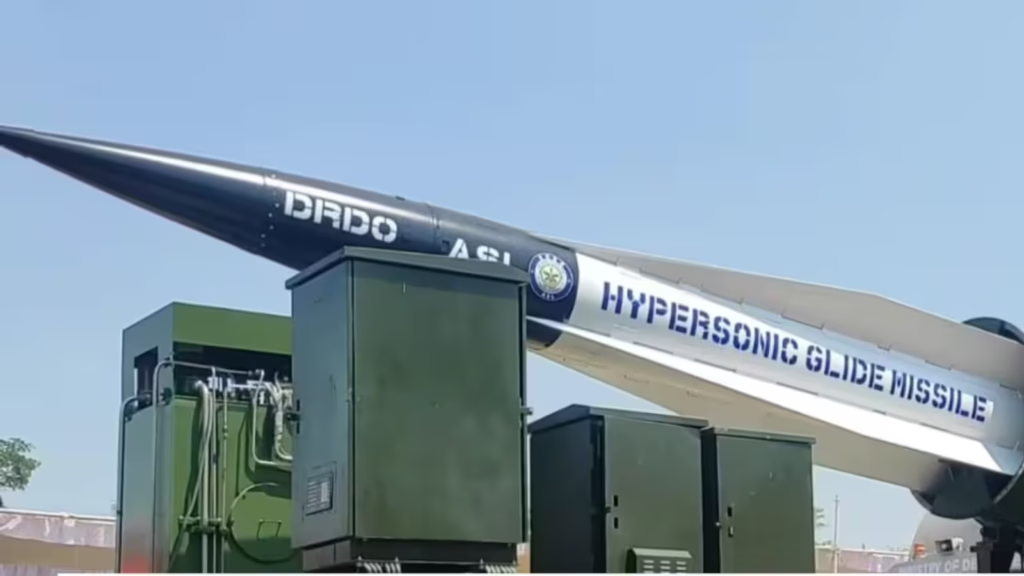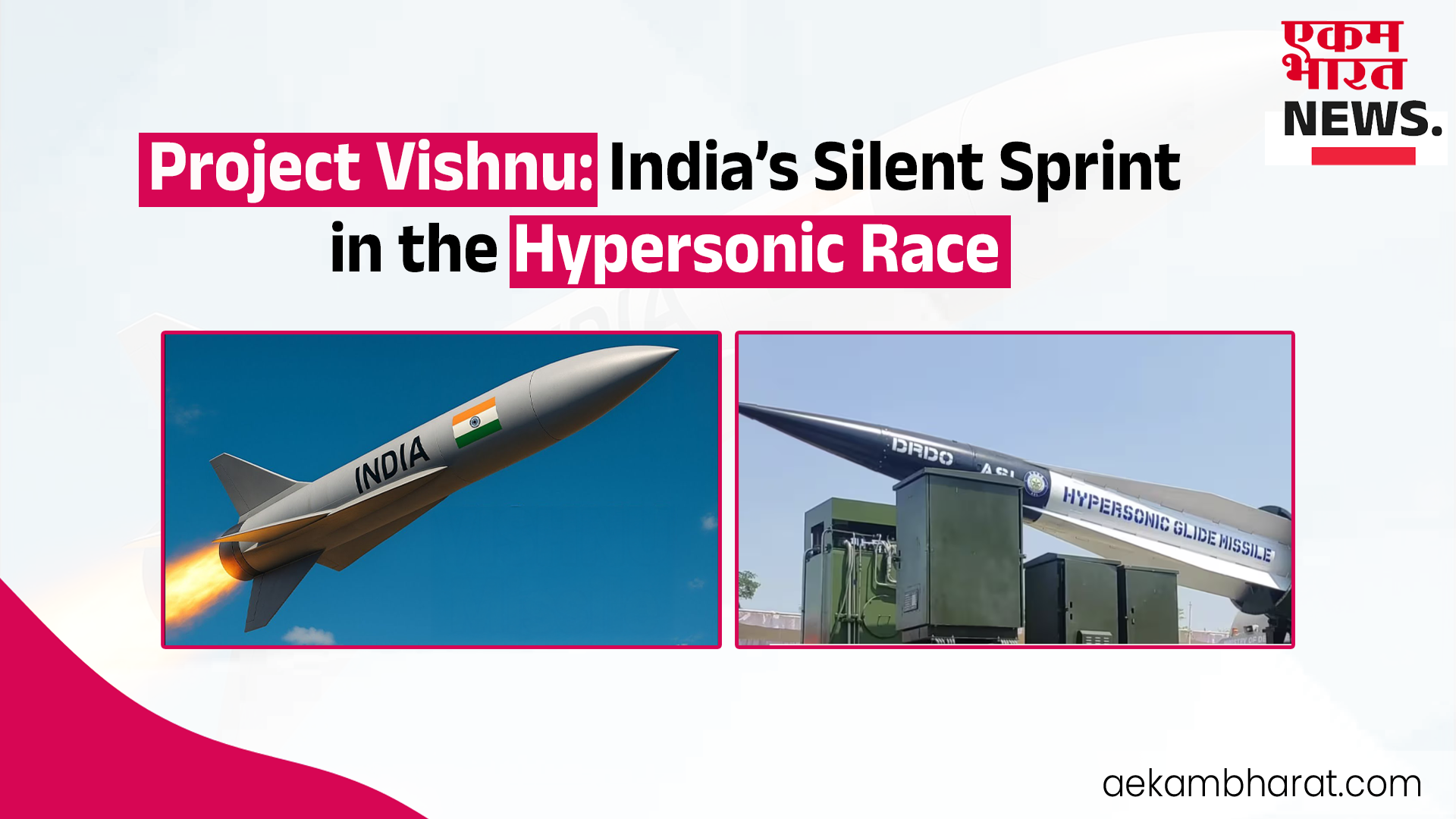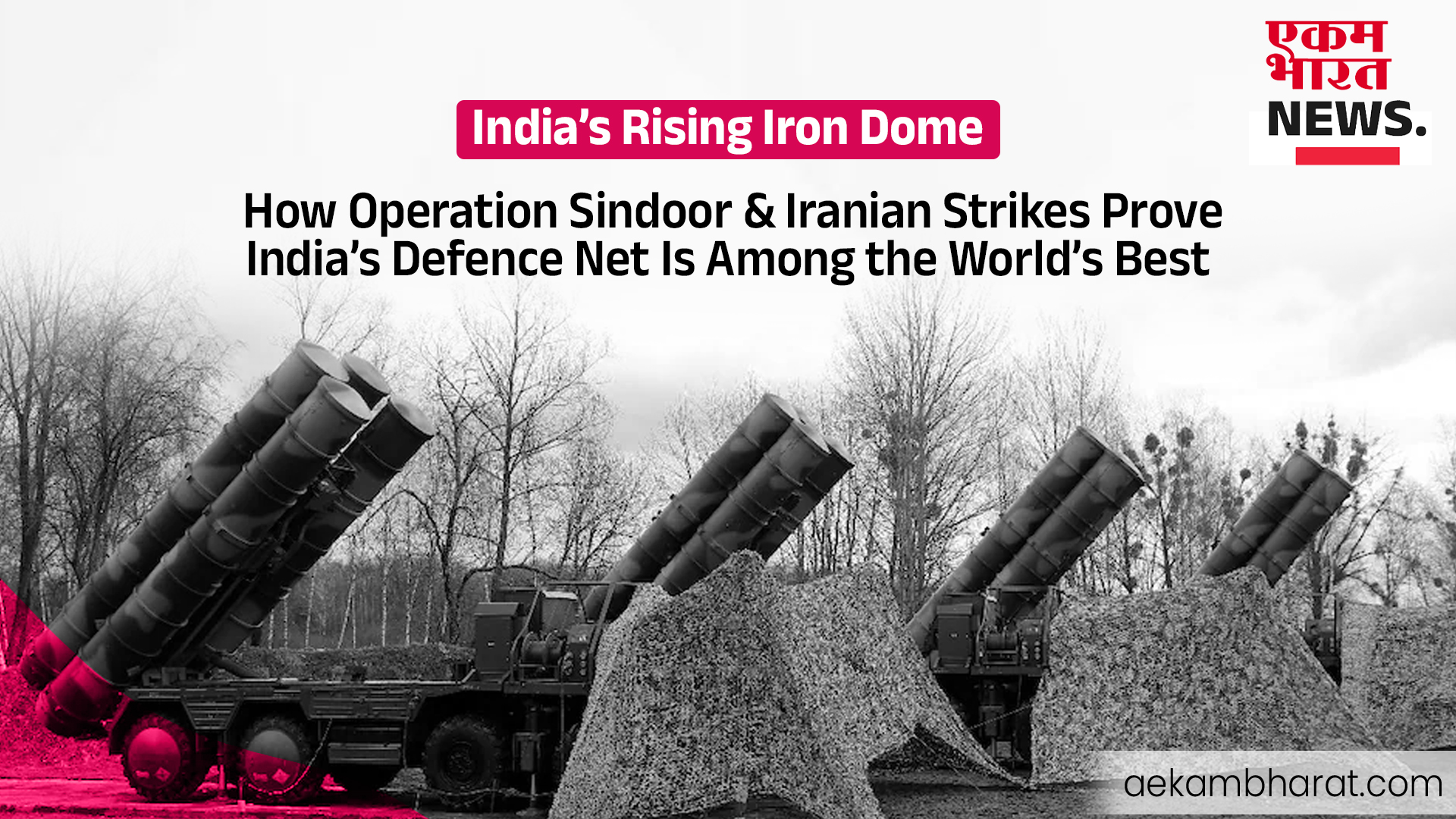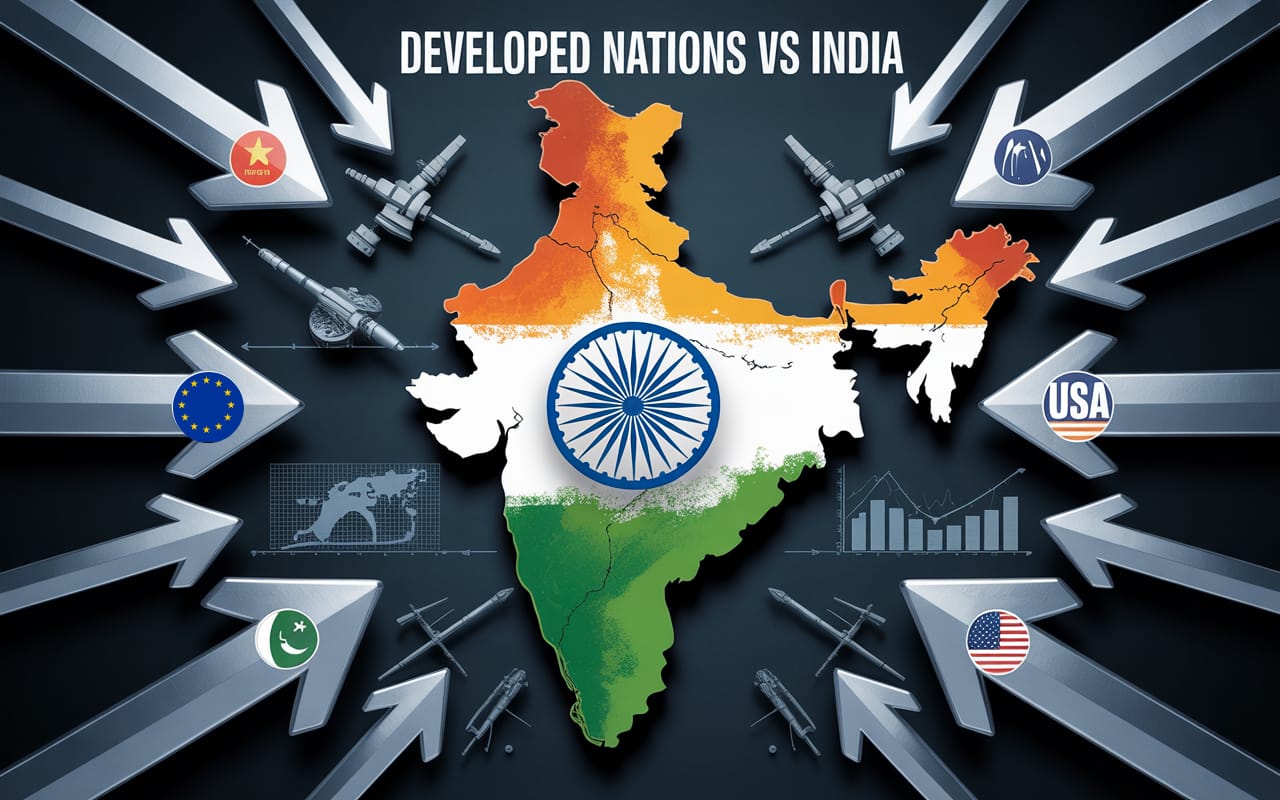In a world where seconds define supremacy, and velocity is the new vocabulary of deterrence, India’s Project Vishnu emerges as a silent but transformative shift in the global balance of military power. As geopolitical flashpoints multiply—from the deserts of the Middle East to the plains of Eastern Europe—the need for credible, fast, and intelligent deterrents has never been greater. And yet, amidst all this noise, India has chosen speed — not just in technology, but in strategic maturity.
Hypersonics: The New Frontier
Hypersonic weapons are not mere advancements; they are game-changers. Flying at speeds beyond Mach 5 (6,174 km/h), manoeuvrable, and nearly undetectable by existing missile defence systems, these weapons render traditional air superiority irrelevant. Nations such as the U.S., China, and Russia have invested billions in pursuing hypersonic systems. But their programs are either riddled with cost overruns, transparency issues, or failures.
India, in contrast, is charting its own trajectory — less flashy, more frugal, but potentially more effective. Project Vishnu is testament to this approach.
Project Vishnu: Not Just A Weapon, But A Doctrine
Launched under the auspices of DRDO with significant input from ISRO, private aerospace firms, and material science research institutions, Project Vishnu is India’s integrated hypersonic strike and defence program.
Its aim is not limited to a single missile type. It envisions:
Hypersonic Glide Vehicles (HGVs) capable of unpredictable flight paths.
Scramjet-powered cruise missiles, enabling long-range strikes with conventional or nuclear payloads.
Dual-use surveillance platforms for space-to-earth ISR (intelligence, surveillance, reconnaissance).
And eventually, a hypersonic defence layer against enemy missiles.
This is not a vanity project. This is doctrinal evolution — a shift from reaction to rapid precision. In a world of shrinking warning times, this may be the only way to ensure credible deterrence.

A Measured Comparison: The World vs. India
Russia’s Avangard and China’s DF-ZF are already in limited operational use, but with significant doubts surrounding their accuracy and deployability. The U.S. programs, like HAWC and ARRW, have faced repeated delays and test failures.
India, with its HSTDV (Hypersonic Technology Demonstrator Vehicle) already having sustained Mach 6.5 flight, is now planning real deployment timelines — most notably, BrahMos-II by 2026 and Agni-VH variants by 2028. These timelines, if achieved, could place India second only to Russia in operational deployment — and perhaps first in reliability and cost-efficiency.
Strategic Implications
The implications are profound.
For China, it means India can neutralize infrastructure across the Himalayan plateau in under 5 minutes.
For Pakistan, it makes missile shields obsolete — no Babur or Shaheen-class systems can match Vishnu’s speed or unpredictability.
For the wider Indo-Pacific, it reinforces India’s position as a stabilizing counterweight to growing Chinese aggression.
India is no longer playing catch-up. It is writing a new rulebook.
The Kautilyan Doctrine in Modern Garb
Kautilya, the ancient Indian strategist, once wrote that the ideal state was one that could “strike without warning, yet remain righteous in intent.” Project Vishnu embodies this spirit.
India is not building these weapons to provoke, but to protect. In an age of shifting alliances, drones over warzones, and cyber sabotage, speed and sovereignty are the new twin pillars of peace. Vishnu — the preserver in mythology — is fittingly also now India’s vanguard of deterrence.
Final Thoughts: A Time for Strategic Patience
India must not be rushed into premature declarations of capability. The nature of hypersonic warfare demands precision over publicity. We must also invest in hypersonic defence, including Project Ashwin-3 and Kusha-M interceptors, and simulate real-case scenarios like the Iran-Israel missile conflict or Russia-Ukraine cruise missile stand-offs.
Let other nations burn budgets and headlines. India must keep its eye on the long arc — the one that bends not just toward justice, but toward security through intelligent deterrence.
Project Vishnu is not just about missiles — it’s about messaging. The message is clear: India is ready, India is capable, and India will not be left behind.




